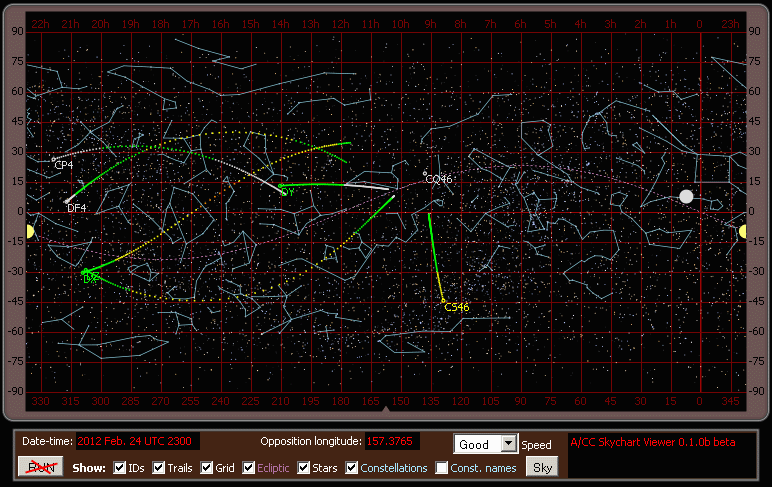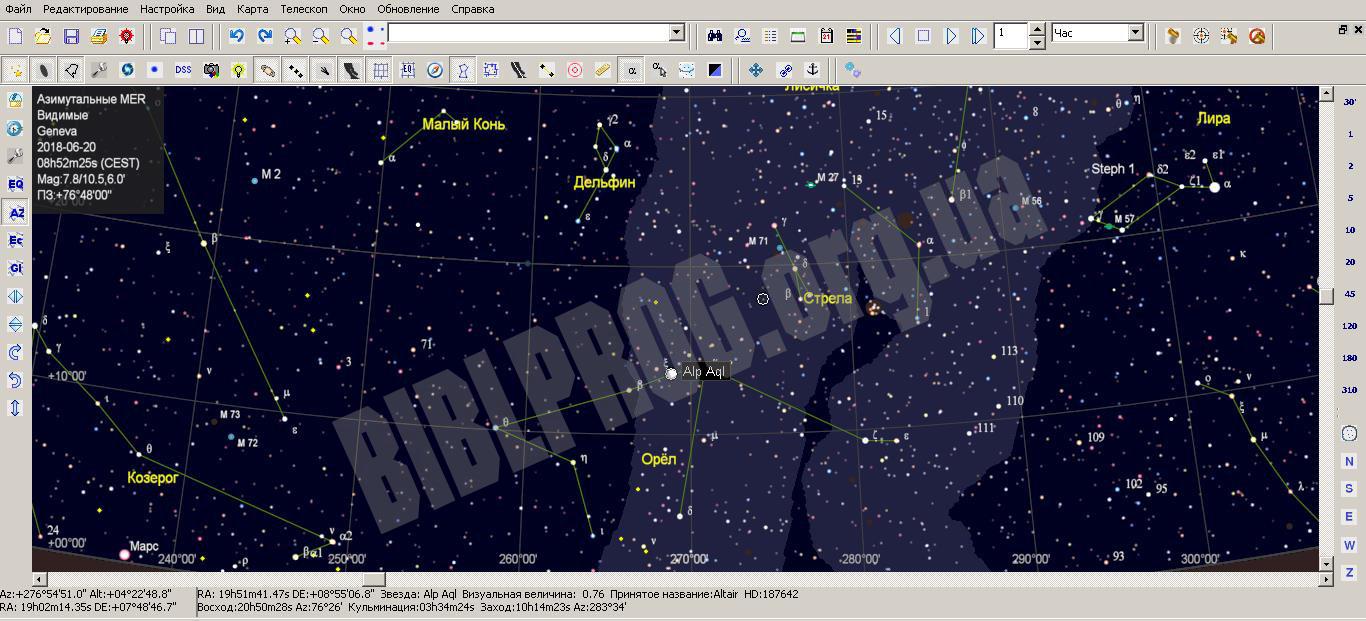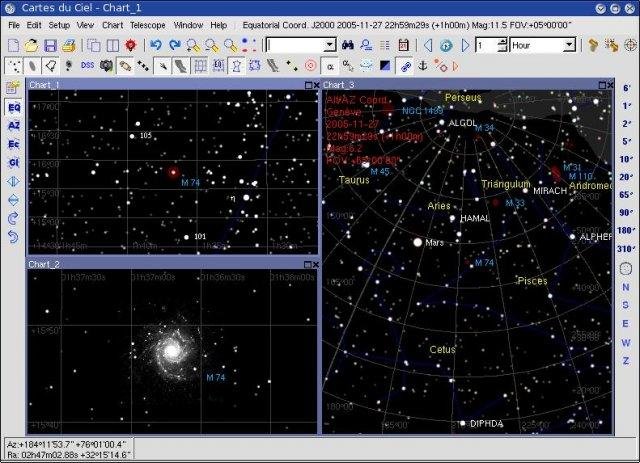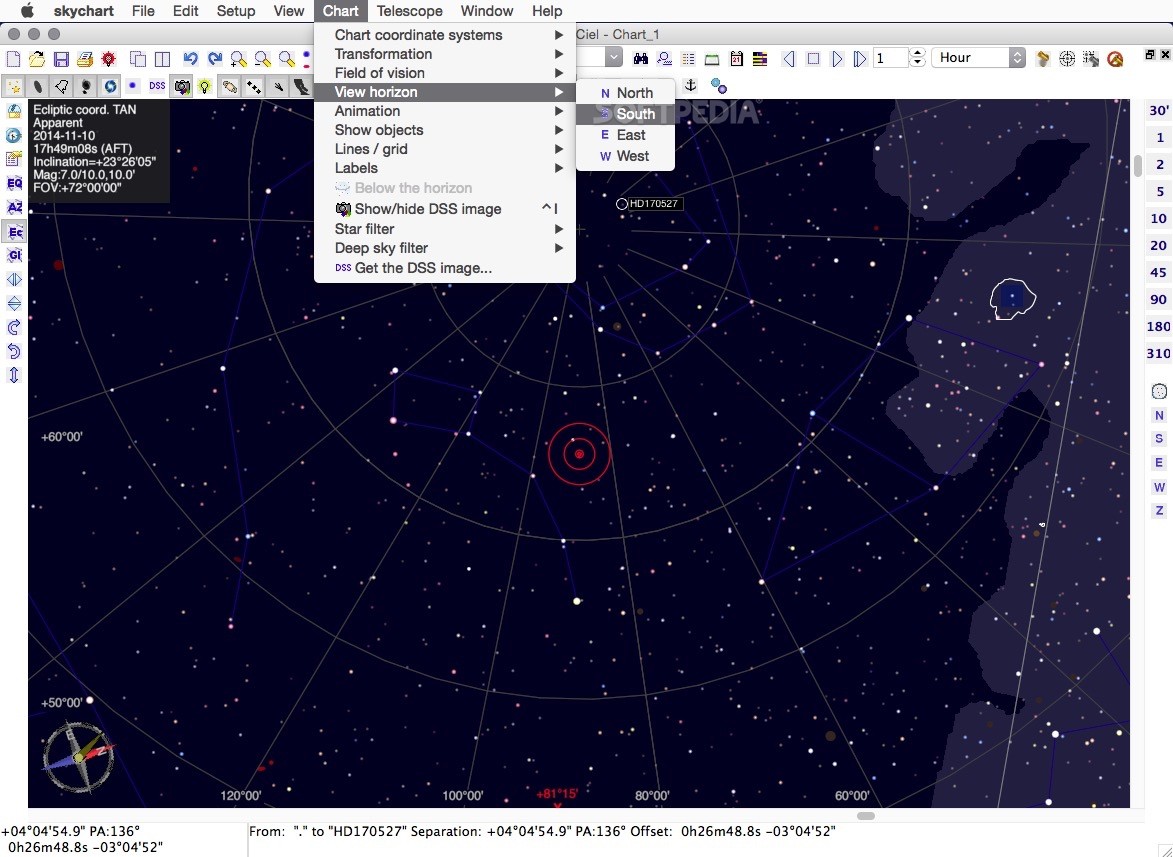

In addition, the constellations Taurus hovers off to the south (Aldebaran = the Red Pyramid Epsilon Tauri = the Bent Pyramid Zeta Tauri = Memphis). Add a final locus of Saqqara and the Blazing Star of the Nile is formed-a five-pointed celestial symbol of transcendence and immortality. Gemini (Pollux and Castor = the limestone quarries of Mokattam and Tura). Orion (Giza pyramids = belt stars Abu Ruwash = Saiph Zawyat Al Aryan = Bellatrix Abusir = Meissa) 2. More: Venn and Euler Diagrams.This essay discusses the Egyptian Star Correlation projected on the desert near modern-day Cairo, which is comprised of a four key constellations: 1.

They consist of circular regions that represent the frequency of specific events, where the overlap of the circles indicates the simultaneous occurrence of more than one event. The Venn and Euler Diagrams procedure creates diagrams that display the relative frequency of occurrence of discrete events. More: Tornado and Butterfly Plots.pdf or Watch Video The only difference between the plots is where the labels are placed. Each plot consists of 2 sets of bars that show the frequency distribution of each sample over a set of categories. The Tornado and Butterfly Plots procedure creates two similar plots that compare 2 samples of attribute data. The major output of the procedure is Cronbach’s alpha. It is commonly used to assess how well a set of questions in a survey, each of which is designed to illicit information about the same characteristic, give consistent results. The Item Reliability Analysis is designed to estimate the reliability or consistency of a set of variables. Likert scales are commonly used in survey research to record user responses to a statement. The Likert Plot procedure analyzes data recorded on a Likert scale. More: Multiple Correspondence Analysis.pdf For a complex map such as that to the right, the Statgraphics dynamic rotate, zoom and pan operations can be very helpful. However, unlike that procedure which compares categories of each variable separately, this categorical data analysis procedure is concerned with interrelationships amongst the variables. It generates a map similar to that of the Correspondence Analysis procedure. The Multiple Correspondence Analysis procedure creates a map of the associations among categories of two or more variables. An important part of the output is a correspondence map on which the distance between two categories is a measure of their similarity. Often, no more than two or three dimensions are needed to display most of the variability or “inertia” in the table. The Correspondence Analysis procedure creates a map of the rows and columns in a two-way contingency table for the purpose of providing insights into the relationships amongst the categories of the row and/or column variables. This makes the estimates more resistant to the possible presence of outliers.


Although the model used is similar to that estimated using a two-way analysis of variance, the terms in the model are estimated using medians rather than means. The model represents the contents of each cell in terms of a common value, a row effect, a column effect, and a residual. The Median Polish procedure constructs a model for data contained in a two-way table. The frequencies are displayed both in tabular form and graphically as a barchart, mosaic plot, or skychart. Statistics are constructed to quantify the degree of association between the rows and columns, and tests are run to determine whether or not there is a statistically significant dependence between the row classification and the column classification. Such data is often collected as the result of a survey. The Contingency Tables procedure is designed to analyze and display frequency data contained in a two-way table. Statistics are constructed to quantify the degree of association between the columns, and tests are run to determine whether or not there is a statistically significant dependence between the value in one column and the value in another. It constructs a two-way table showing the frequency of occurrence of all unique pairs of values in the two columns. The Crosstabulation analysis procedure is designed to summarize two columns of attribute data.


 0 kommentar(er)
0 kommentar(er)
